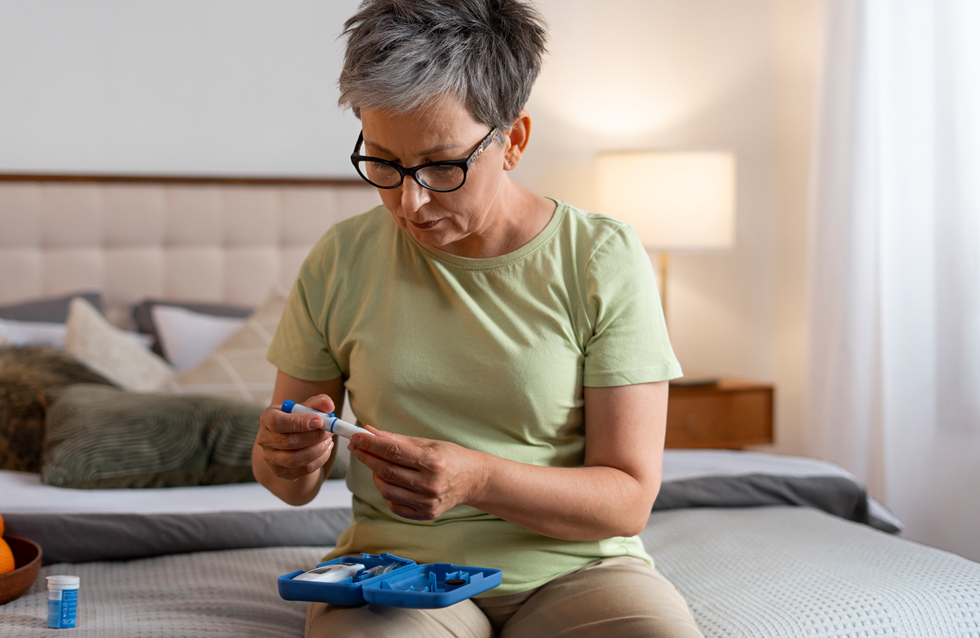
“Diabetes education looks like it’s working, but we might need to bump education back to people who are at risk for diabetes and even to people with normal blood glucose levels to start improving dietary behaviors before people develop chronic disease,” Taylor said.
The study was published recently in PLOS Global Public Health.
Researchers analyzed data from 23,708 U.S. adults over 30 years of age who had participated from 2005 to 2016 in the National Health and Nutrition Examination Survey.
The survey collects 24-hour dietary recalls from each participant – detailing not just what, but when, all food was consumed.
Respondents were categorized according to their HbA1c level, a measure of glucose control, into four groups: nondiabetes, prediabetes, controlled diabetes and poorly controlled diabetes.
Among the whole survey sample, snacks accounted for between 19.5% and 22.4% of total energy intake – while contributing very little nutritional quality.
In descending order of proportion, snacks consisted of convenience foods high in carbohydrates and fats, sweets, alcoholic beverages, non-alcoholic drinks that include sugar-sweetened beverages, protein, milk and dairy, fruits, grains and, lagging far behind, vegetables.
Noting that capturing 24 hours of food consumption doesn’t necessary reflect how people usually eat, “it gives us a really good snapshot of a large number of people,” Taylor said.
Sources : www.sciencedaily.com